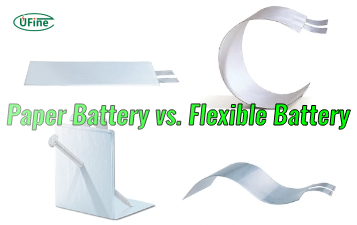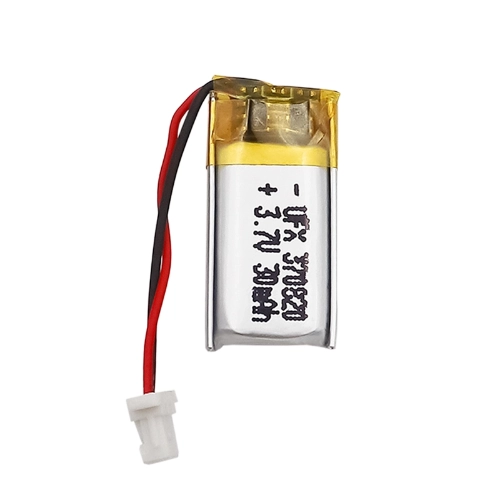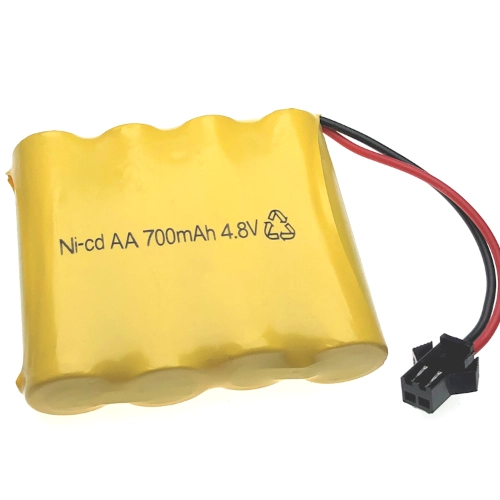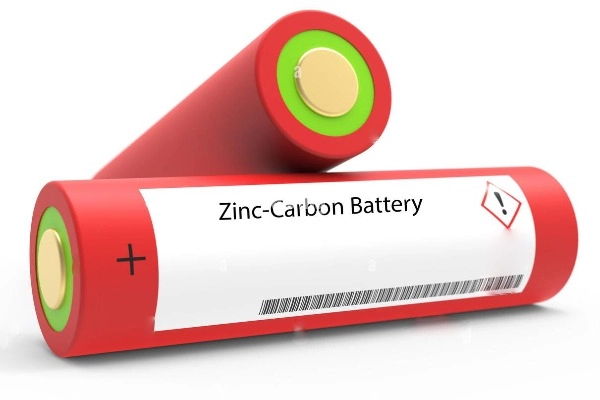In today’s digital age, portable electronic devices have become integral to our lives. The need for efficient and reliable power sources has skyrocketed from smartphones and laptops to wearable gadgets. Small batteries, particularly lithium batteries, have emerged as a critical solution to this demand. In this comprehensive guide, we will delve into the world of small batteries, exploring their definition, types, and applications, as well as their advantages and challenges.
Part 1. What is a small lithium battery?
A small battery generally refers to a compact power storage device easily integrated into various electronic devices. Small lithium batteries are a specific type that utilizes lithium as the primary component in its electrochemical cells. Lithium batteries are known for their high energy density, which means they can store a significant amount of energy relative to their size.
Small lithium batteries typically feature a compact form factor, lightweight design, and rechargeability. These batteries use lithium ions to facilitate the transfer of electrical charges, enabling them to provide a stable power supply to a wide range of devices.
Part 2. Types of small batteries
There are several types of small batteries available in the market today. Let’s explore some of the most commonly used ones:
Alkaline Batteries
- Specifications: Available in standard sizes like AA, AAA, C, and D. Typically have a voltage of 1.5 volts.
- Advantages: Widely available and affordable. Suitable for low-drain devices. They have a long shelf life, often lasting several years.
- Disadvantages: Not rechargeable, contributing to environmental waste. It can leak and rust if left in devices for extended periods.
Lithium Batteries
- Specifications: These come in various shapes and sizes, including coin cell batteries. They have a higher energy density and voltage compared to alkaline batteries.
- Advantages: High energy density makes them ideal for high-drain devices. Long shelf life, often retaining their charge for several years. Lightweight and compact.
- Disadvantages: More expensive than alkaline batteries. It is not rechargeable in most consumer applications. It can be dangerous if punctured or mishandled.
Nickel-Metal Hydride (NiMH) Batteries
- Specifications: Rechargeable batteries are available in standard sizes like AA and AAA. Typically, they have a voltage of 1.2 volts.
- Advantages: Rechargeable, reducing environmental waste, and saving money in the long run. Suitable for high-drain devices. Less prone to memory effect compared to Nickel-Cadmium batteries.
- Disadvantages: Lower energy density compared to lithium batteries. Slightly higher self-discharge rate, requiring more frequent recharging if left unused.
Nickel-Cadmium (NiCd) Batteries
- Specifications: Rechargeable batteries are available in standard sizes. Typically, they have a voltage of 1.2 volts.
- Advantages: Long shelf life and ability to withstand extreme temperatures. Less prone to self-discharge compared to NiMH batteries. Suitable for applications requiring high current drain.
- Disadvantages: More susceptible to memory effect, which reduces usable capacity over time if not properly maintained. Contains toxic cadmium, posing environmental concerns.
Zinc-Carbon Batteries
- Specifications: Basic non-rechargeable batteries are available in standard sizes.
- Advantages: Inexpensive and widely available. Suitable for low-drain devices like remote controls and essential toys.
- Disadvantages: Lower capacity and shorter lifespan compared to alkaline batteries. Not suitable for high-drain devices or applications requiring long-term use.
Part 3. What are small batteries used for?
Small batteries find applications in a multitude of electronic devices and industries. Here are some common uses of small batteries:
1. Consumer Electronics
Small batteries power various consumer electronics, including smartphones, tablets, laptops, portable gaming devices, digital cameras, and audio players. These batteries provide the energy to keep these devices running for extended periods, ensuring uninterrupted usage.
2. Wearable Technology
With the rise of wearable technology, small batteries have become vital components in devices such as smartwatches, fitness trackers, and augmented reality glasses. These batteries provide the required power while maintaining a compact and lightweight form factor.
3. Medical Devices
Small batteries are critical in various medical devices, including hearing aids, insulin pumps, pacemakers, and glucose monitors. These batteries offer reliable and long-lasting power to ensure the proper functioning of these life-saving devices.
4. Automotive Electronics
Automotive electronics use small batteries for applications such as key fobs, tire pressure monitoring systems, and various sensors. These batteries provide the necessary power to support the functionality of these electronic components.
5. Industrial Applications
Small batteries find applications in industrial settings, powering devices such as remote sensors, wireless communication modules, and portable measurement equipment. These batteries enable efficient and reliable operation in demanding environments.
Part 4. Advantages and challenges of small batteries
Small batteries offer several advantages, but they also come with specific challenges. Let’s explore them in detail:
Advantages of Small Batteries
- Portability: Small batteries are compact and lightweight, making them ideal for portable devices with limited space.
- High Energy Density: Small batteries, especially lithium-based ones, offer high energy density, allowing for more extended device usage between charges.
- Rechargeability: Many small batteries, such as lithium-ion and nickel-metal hydride batteries, are rechargeable, providing convenience and cost savings over disposable batteries.
- Versatility: Small batteries come in various types and sizes, catering to the diverse needs of different electronic devices and applications.
Challenges of Small Batteries
- Limited Lifespan: Small batteries have a limited lifespan and eventually lose their ability to hold a charge, requiring replacement.
- Safety Concerns: Some types of small batteries, particularly lithium-based ones, can pose safety risks if mishandled or exposed to extreme conditions.
- Environmental Impact: The disposal and recycling of small batteries raise ecological concerns due to the presence of potentially harmful materials.
- Compatibility: Different electronic devices require specific types and sizes of batteries, making it essential to ensure compatibility.
Part 5. Final thoughts
In conclusion, small batteries, like the ones discussed, are super handy for powering our favorite gadgets. They come in different types and sizes, so there’s always one that fits just right. Whether keeping our smartphones charged, making our wearables tick, or even helping medical devices save lives, small batteries give us the power we need. So, next time you grab your device, remember the little battery working hard to keep it going strong!
Related Tags:
More Articles

Paper Battery vs. Flexible Battery: What’s the Difference and Which Is Better?
Paper vs. flexible batteries: learn the key differences, benefits, and which power source fits best for wearables, sensors, and smart tech.
What to Know Before Buying a Tiny LiPo Battery for Your Project
Tiny LiPo batteries are powerful and compact. Learn how to choose the right one for your project with specs, safety, and charging tips.
Bloated LiPo Battery: Will It Explode?
Will a bloated LiPo battery explode? Discover the causes, risks, safety steps, and expert tips to avoid disaster and protect your gear. Must-read safety guide!
12V 100Ah Lithium Ion Battery Price: Full Guide
Learn about 12V 100Ah lithium-ion battery price, from cost ranges to best brands, hidden fees, and how to get the best deal. A must-read for smart buyers!
Resistance and Conductivity: What It Means for Your Lithium Batteries
Resistance and conductivity impact lithium battery performance, lifespan, and safety—learn how they work and why they matter.








